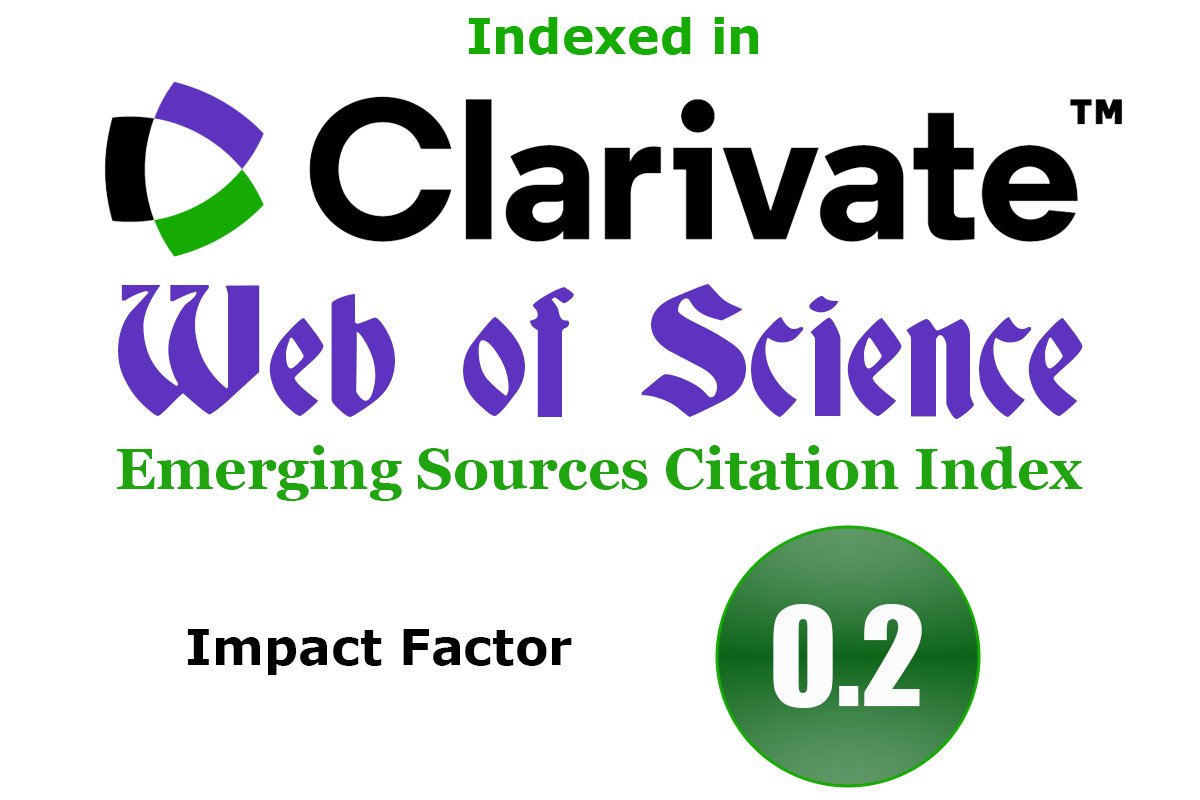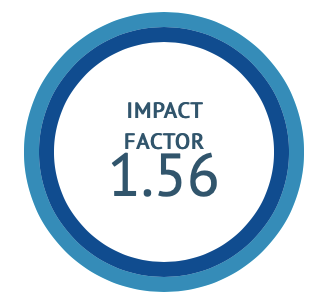Comparative evaluation of efficacy of Trayodashanga Guggulu versus Rasona Pinda as an adjuvant with Katibasti in the management of Gridhrasi (Sciatica): RCT
DOI:
https://doi.org/10.47552/ijam.v16i3.5538Keywords:
Sciatica, Gridhrasi, Vatavyadhi, Rasona, Guggulu, DashamoolaAbstract
Gridhrasi, listed among 80 Nanatmaja Vatavyadhis in Ayurveda, occurs due to vitiated Vata caused by a Vatavardhaka diet and lifestyle. When Vata, alone or with Kapha, affects the Grudhrasi Nadi, it results in symptoms similar to Sciatica in modern medicine. It reflects the Dosha imbalance's role in nervous system disorders. Aim: Comparative evaluation of efficacy of Rasonapinda and Trayodashang guggul as an adjuvant to katibasti in the management of Gridhrasi (Sciatica). Material and Methods: The 60 patients of Gridhrasi randomly divided into two equal Groups. Group A were treated with Trayodashanga Guggulu 500mg twice a day with warm water after meal and Group B were treated with Rasona Pinda vati 500mg twice a day with warm water after meal for 30 days and katibasti with Dashamoola taila for initial 7 days in both groups. Patients were assessed at 0th day, 15th, 30th and 45th day parameters like Ruk, Stambha, Toda, Muhuspandana, Aruchi, Tandra, Oswestry-Disability Assessment, Walking time, Bowstring test, SLRT and Schober’s Test. Result: Statistically Significant improvement was observed during study in both the Groups in Subjective and Objective Parameters. Comparing both the Group A and B, Statistically more significant improvement was found in parameters like Ruk, Toda, Oswestry-Disability Assessment, Bowstring test, Walking time, Schober's test and SLRT in Group B treated with Rasona Pinda with katibasti. Conclusion: Rasonapinda is more efficacious than Trayodashanga guggulu as an adjuvant to katibasti in the management of Gridhrasi”.
Downloads
Published
How to Cite
Issue
Section
License
Copyright (c) 2025 International Journal of Ayurvedic Medicine

This work is licensed under a Creative Commons Attribution-NonCommercial-ShareAlike 4.0 International License.
The author hereby transfers, assigns, or conveys all copyright ownership to the International Journal of Ayurvedic Medicine (IJAM). By this transfer, the article becomes the property of the IJAM and may not be published elsewhere without written permission from the IJAM.
This transfer of copyright also implies transfer of rights for printed, electronic, microfilm, and facsimile publication. No royalty or other monetary compensation will be received for transferring the copyright of the article to the IJAM.
The IJAM, in turn, grants each author the right to republish the article in any book for which he or she is the author or editor, without paying royalties to the IJAM, subject to the express conditions that (a) the author notify IJAM in advance in writing of this republication and (b) a credit line attributes the original publication to IJAM.




